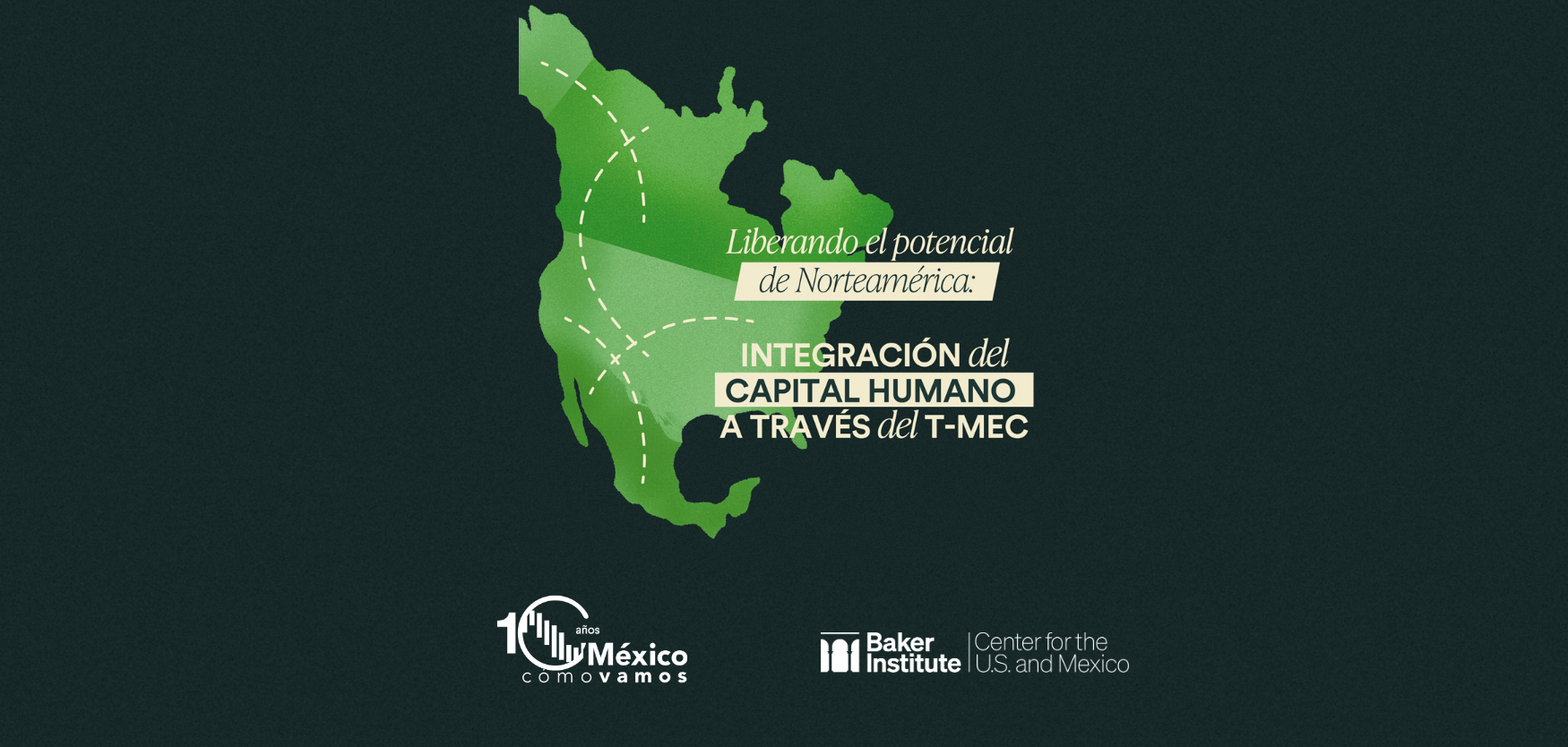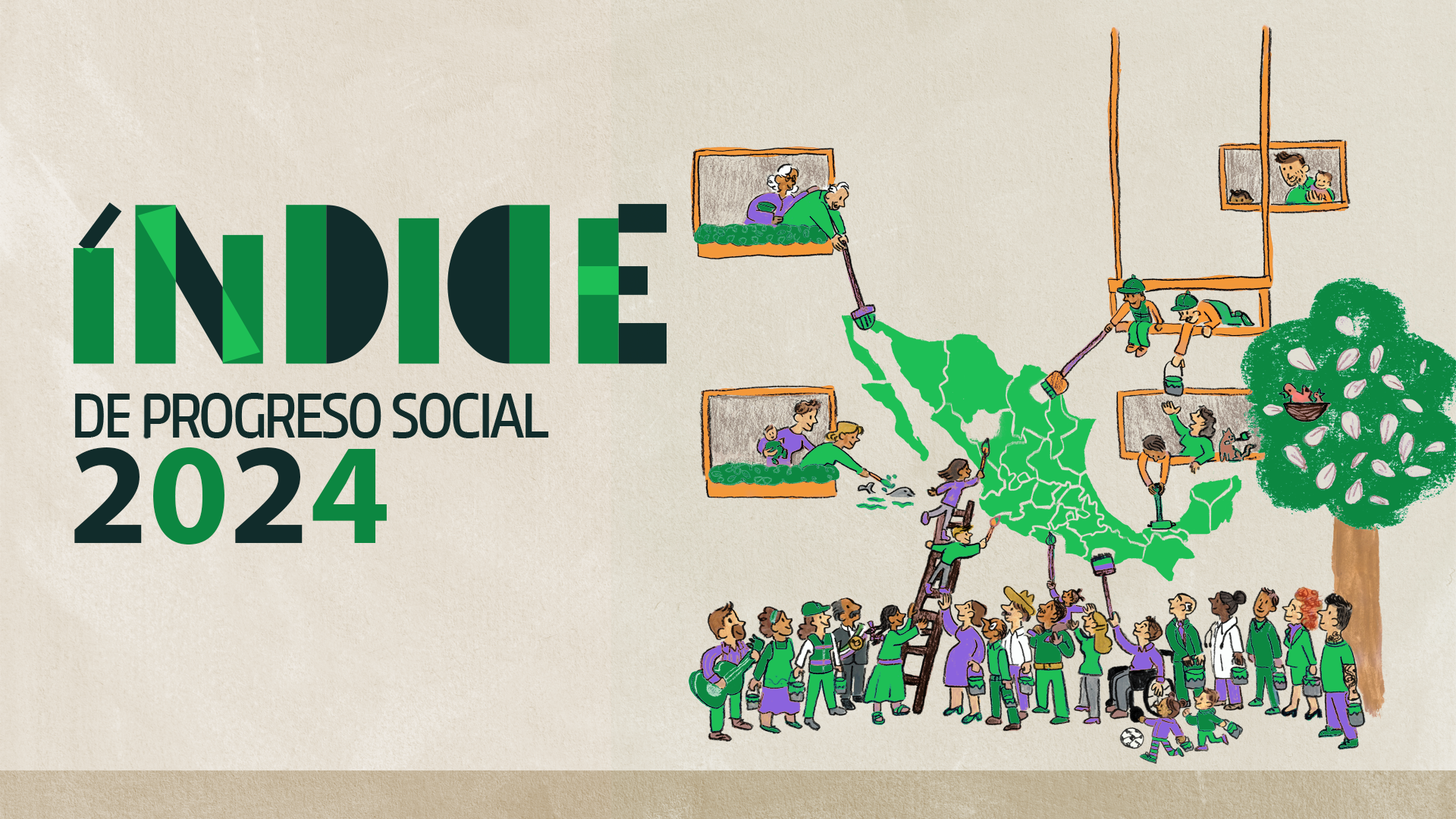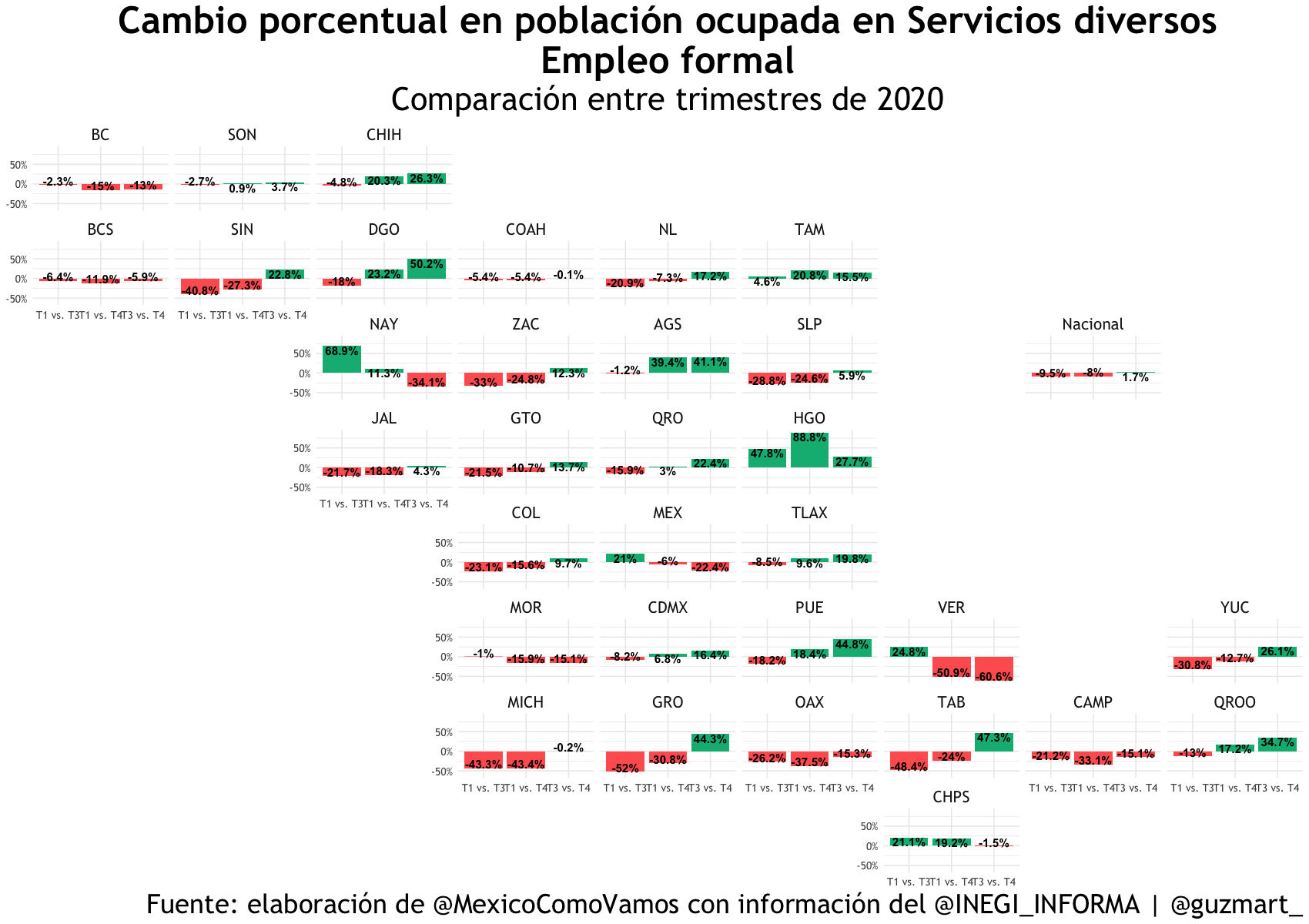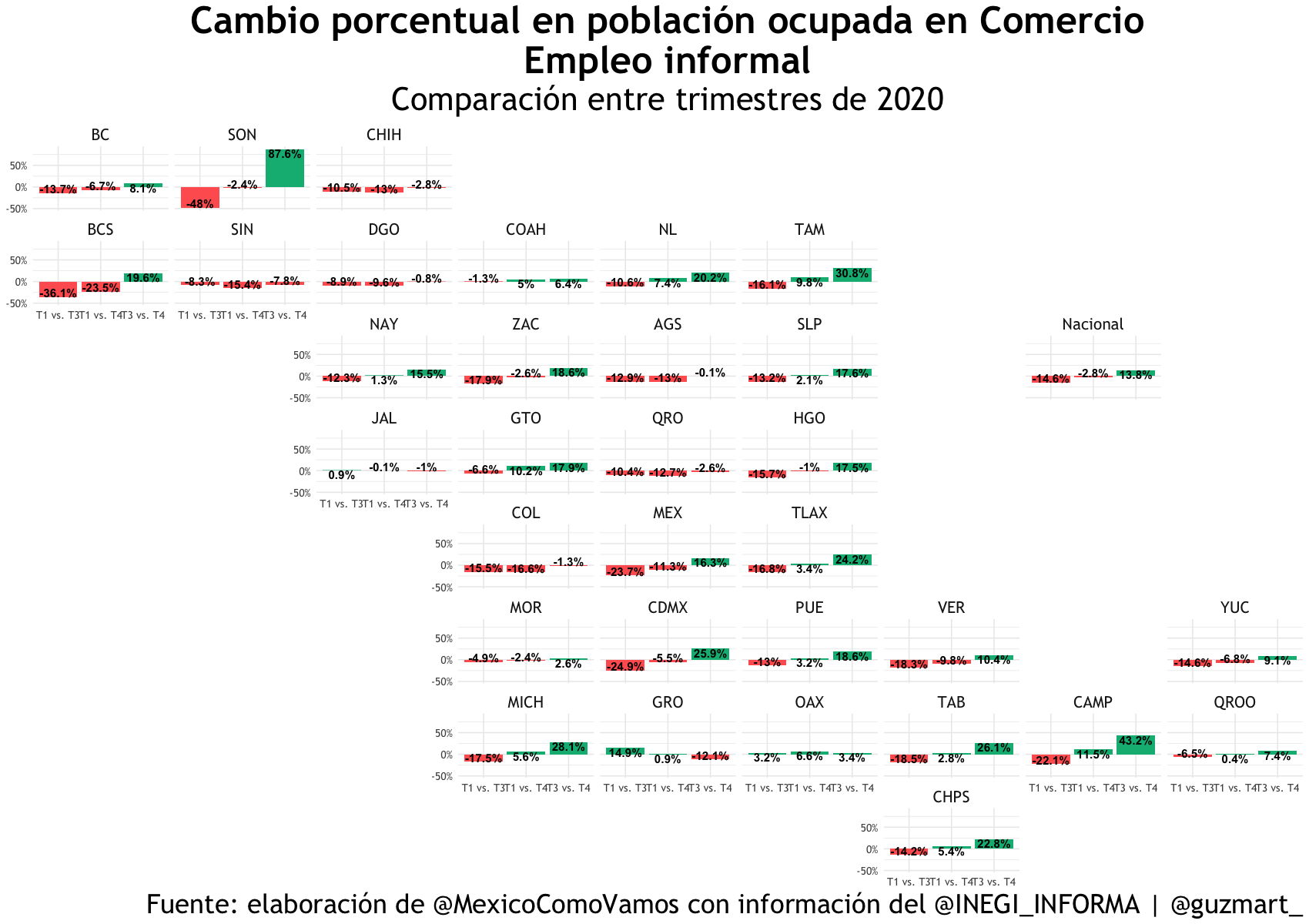
Migration and labor mobility have always been controversial topics in the United States, and it is unlikely they will cease to be so. The complexity and sensitivity of the issue are underscored by the fact that the last time the U.S. Congress approved a reform to the immigration system was in 1996. The legislative paralysis over the past nearly 30 years does not reflect a lack of interest or effort but rather the difficulty of negotiating a measure that can pass in a Congress with slim majorities.
Since the 1990s, every president has pledged to “resolve the immigration crisis.” Most legislative proposals have included a combination of measures to secure the border, such as increasing Border Patrol personnel, using technology to detect people crossing at ports of entry, and efforts to reduce or eliminate the employment of unauthorized workers. However, none of these proposals have garnered sufficient support in Congress. The reasons usually reflect the confrontation between political parties. While Republicans have insisted on stronger controls, Democrats have focused on the treatment of migrants, especially the “Dreamers,” who arrived with their families in childhood and do not know their countries of origin. In terms of the labor market, the divisions are not as stark due to the importance of unions in the Democratic coalition.
Recently, the narrative promoted by Republicans, which has gained traction in the media, has centered on border security or the “border crisis” instead of engaging in a comprehensive conversation about how to respond to the historic flows of migrants arriving in the U.S., not only from Mexico but from across the hemisphere and the world. Many migrants are now viewed by individuals and their representatives in Congress or state governments as thieves, drug traffickers, or people seeking to steal jobs from citizens or permanent residents, or a combination of these characteristics. Compassion and recognition of the situations driving migration have been largely absent from media coverage. In terms of migrant flows, it is undeniable that reforms to the system for processing asylum seekers are essential to reduce the backlog of over three million cases, a scale that is unsustainable.
Former President Trump and the Republicans blame the Biden administration for the border crisis. Indeed, a few months ago, a bipartisan group in the Senate, including some very conservative participants, negotiated a legislative proposal to change the rules for processing applications to make them more difficult to obtain. However, when Trump expressed his opposition just days before the Senate vote, many Republicans, not wanting to upset Trump and recognizing that there was no real chance of the measure passing in the House, voted against the compromise negotiated by their colleagues.
It is clear that for Republicans, electoral politics is more important than resolving the crisis they themselves identify as a national security issue. Trump admitted that he preferred not to give Democrats a victory than resolve what he himself identifies as a significant danger, namely the criminality of migrants. Given this situation and the slim margins in the Senate (controlled by Democrats) and the House (controlled by Republicans), it is impossible for a solution to emerge before the November elections.
Unfortunately, it is important to emphasize that after the elections, resolving the problem is even less likely. With current polarization, if the presidential election is decided in six or seven states, it is almost certain that the new Congress will also be divided, making it extremely difficult to secure the 60 votes needed in the Senate to move legislation on this issue.
However, this does not mean that improving labor mobility in North America, or at least between Mexico and the United States, is impossible. In the agricultural sector, a key area of regional integration since the implementation of NAFTA, there are significant opportunities for ambitious reforms. In fact, most of the fruit and vegetable cultivation and harvesting in North America is done by Mexican workers, regardless of where the produce is grown.
In the United States, there is a labor shortage in various sectors, including agriculture. The American Farm Bureau Federation, a nonprofit organization representing farmers and rural communities, estimates that there are 2.4 million jobs annually in the sector, but there are not enough workers to fill them. Additionally, 75% of the workers come from Mexico and Latin America. The domestic labor force (citizens or permanent residents) willing to work in the fields is insufficient to meet the demand. Strategies to ensure a year-round supply of fresh fruits and vegetables include increasing mechanization for harvesting, importing labor (under the H-2A temporary visa program), or importing more produce. Under the H-2A visa, agricultural laborers can work in planting, cultivating, and harvesting for a limited period in the U.S. Employers must apply for permission to employ foreign workers and certify to the Department of Labor (DOL) that there is no domestic labor willing to take the job. There is no limit to the number of H-2A visas available each year; nearly 300,000 were issued in 2022. The expectation is that the number will continue to rise in the coming years, given that resident workers in the U.S. (whether documented or not) are getting older, less productive, or retiring.
Although there is no limit to the number of visas that can be issued, there are limits to the DOL’s capacity to approve applications and conduct necessary inspections to confirm the need for imported labor and ensure dignified treatment of workers. Several legal reforms could streamline the application and verification process. These reforms could be implemented in 2025 or 2026 if Congress acts in a coordinated manner and prioritizes this issue over electoral politics.
For example, the DOL could develop a rating system allowing employers with an “A” rating to self-certify their labor needs and commitment to providing adequate housing for temporary employees. Workers wishing to return to these “A” rated companies could obtain multiple-entry visas instead of applying for a visa each year. Most agricultural workers do not seek permanent residence but rather access to the labor market for a specified period. This measure would help ensure the temporality of the work and the worker. By reducing the number of companies and housing units to inspect, the program could grow without the DOL personnel having to increase at the same rate.
Second, experienced workers who have held H-2A visas in previous years could form complete teams (including workers, supervisors, drivers, cooks, etc.) to respond to demand during harvest times, moving from one farm to another during the season. Industries like mining and oil operate similarly, sending entire teams to remote locations.
Third, the DOL could promote or facilitate the use of recruitment firms or associations for small and medium-sized enterprises that lack the infrastructure or experience to complete migrant worker applications. Larger recruitment firms have offices and HR policies that ensure better treatment of workers and more efficient review and compliance systems. SMEs could benefit from simplified processes to employ migrant workers ethically. In this third option, the emphasis would shift from the employer to the recruiter or contractor, who would also need to be rated.
Mexican farmers also experience labor shortages and resent their U.S. counterparts for attracting the best workers. Since much of the crops in the U.S. and Mexico have complementary schedules, this third reform could alleviate labor shortages in both countries if H-2A recruiters coordinated better with their Mexican counterparts.
Historically, ambitious immigration policy reforms have been nullified by partisan and electoral politics, and in the short term, or at least until the November elections, this will not change. However, with the inauguration of the new Congress, there may be an opportunity to advance new measures to facilitate the temporary entry of agricultural labor into the U.S. If representatives recognize the opportunity, the result could be an orderly system that ensures year-round access to healthy food and allows migrant workers to contribute to the regional economy and social development.
References:
- Center for Immigration Studies (s.f.). Historical Overview of Immigration Policy Retrieved from: https://cis.org/Historical-Overview-Immigration-Policy
- Martin, P. (January, 2022). A look at H-2A growth and reform in 2021 and 2022. Retrieved from: https://www.wilsoncenter.org/article/look-h-2a-growth-and-reform-2021-and-2022
- MSNBC. (February, 2024). Trump admits he ruined border deal to hurt Democrats [Video]. YouTube. https://www.youtube.com/watch?v=0gsR001be-U
- Transactional Records Clearing House (December, 2023). Immigration Court Backlog Tops 3 Million; Each Judge Assigned 4,500 Cases. Retrieved from: https://trac.syr.edu/reports/734/
Click on the postcard below to go to the site.



















